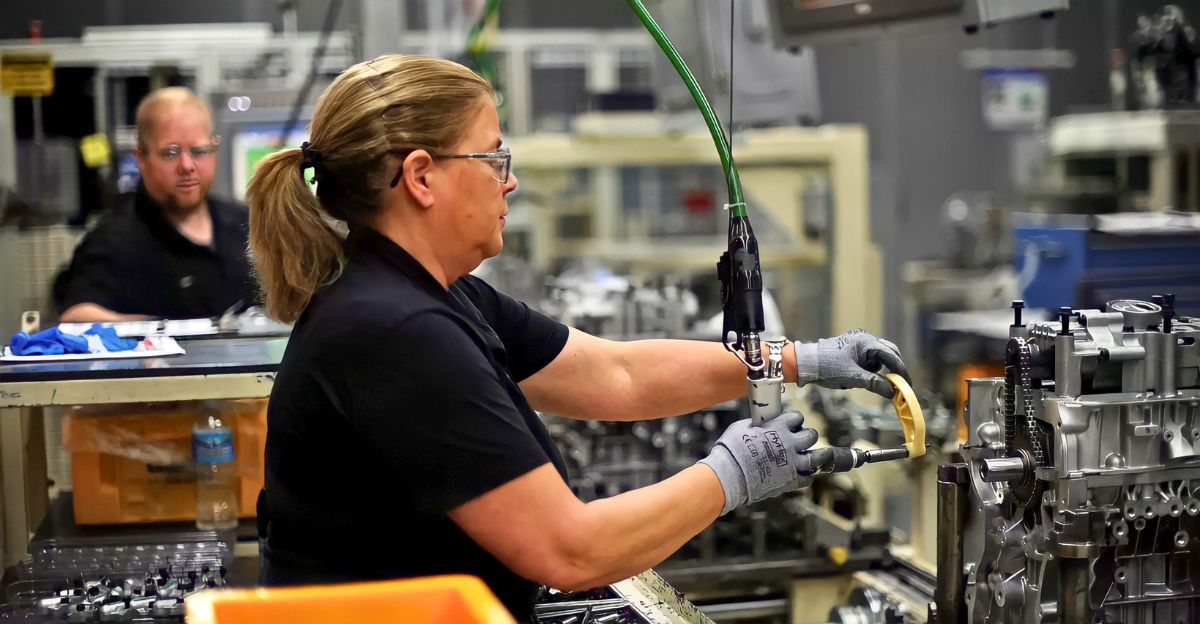
Something significant is brewing in Buffalo, New York. General Motors quietly landed a game‑changing $888 million investment in its Tonawanda Propulsion plant—a regional industrial lifeline since 1938—last week.
But there is more to it than a headline. Under the numbers is a strategy shift—a calculated next‑generation V‑8 engine, positioned between dwindling EV momentum and escalating tariffs.
GM’s decision amounts to a rebirth of combustion power, which leaves us wondering: throwback, balancing act, or bold leap? What it will mean for jobs, emissions, and the future of trucks is only beginning to take shape.
Tonawanda’s Industrial Legacy: From 1938 to Next-Gen Innovation
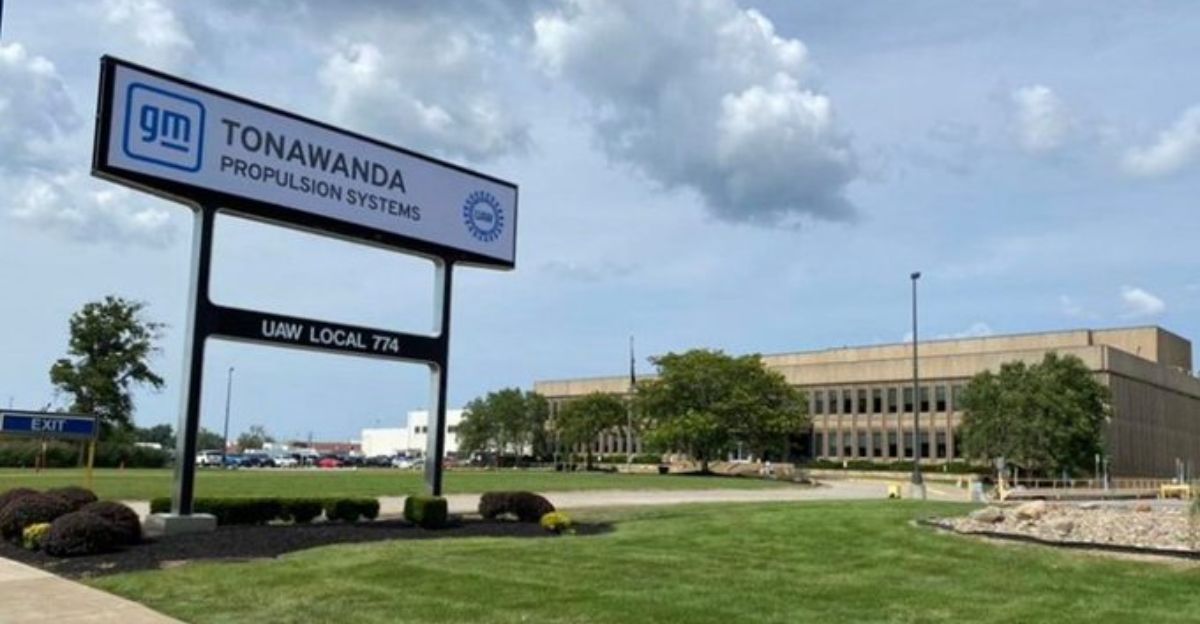
The GM Tonawanda campus covers more than 190 acres and comprises various some dating back to 1938. Its past is a story of continuous innovation in powertrain production. The firm is taking the plant’s history into the present day with new equipment, updated facilities, and state-of-the-art gear. The stage is set, but the star of the show—the next-generation V‑8 engine—remains behind the curtain.
Strategic Pivot: From $300M EV Plans to Record $888M Engine Investment
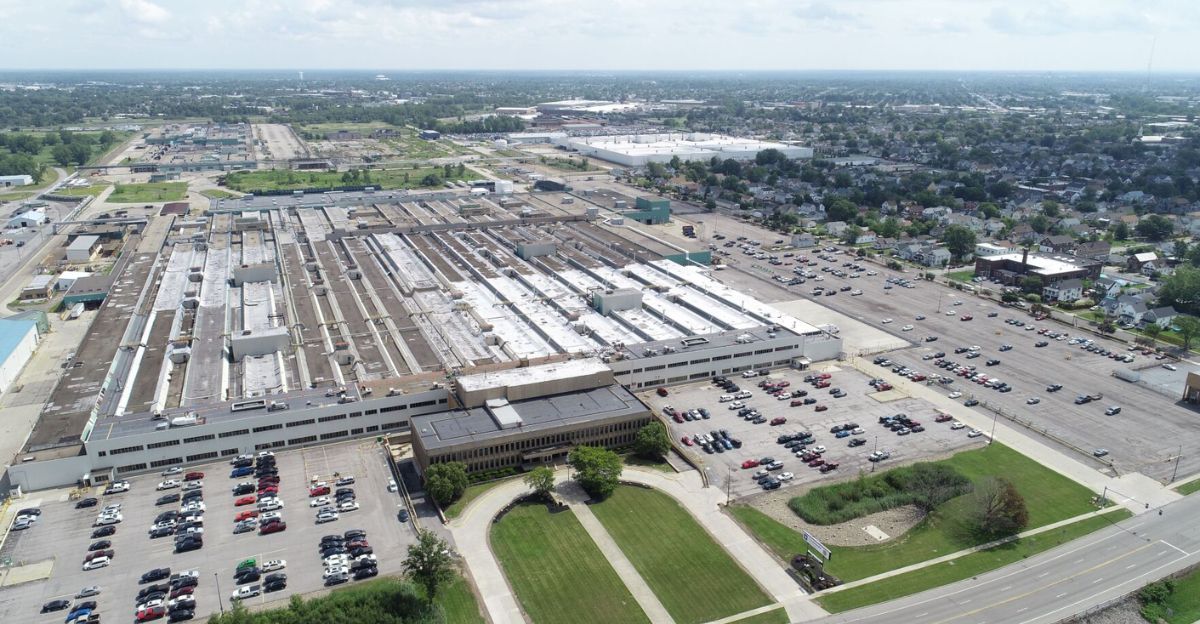
In 2023, GM had intended to spend $300 million on EV drive unit capacity at Tonawanda—that route was quietly abandoned. Today’s $888 million investment is the highest single investment in any GM engine factory ever. That strategic pivot is causing ripples throughout the industry, and it suggests a strategic recalculation. So what prompted the shift? And what does this reflect about GM’s overall electrification strategy?
Sixth-Generation V-8: Promising Power and Efficiency for Trucks
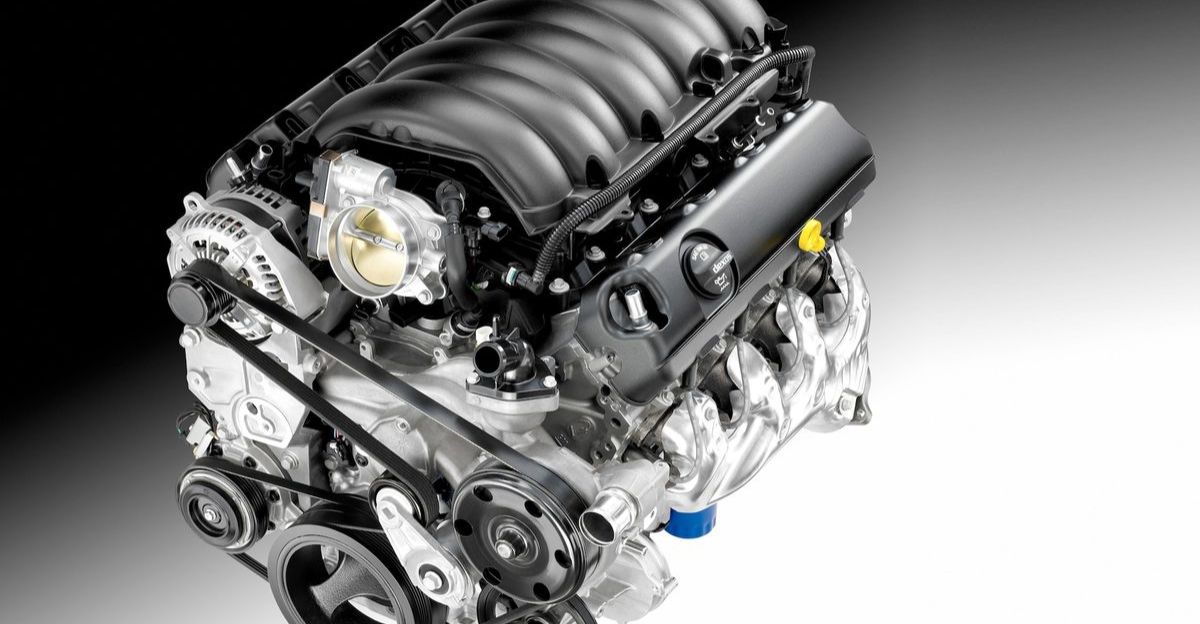
The new investment is targeted towards the sixth-generation small-block V‑8 engine, destined for full-size trucks and SUVs. Combustion may seem so last season, yet GM says this engine delivers both increased performance and better fuel efficiency. Thermal management innovation and combustion cycle improvement are the key. For the towing capacity and power lovers out there, this may be the best of both worlds—brawn and sustainability.
Production Timeline: Dual V-8 Lines Starting 2027
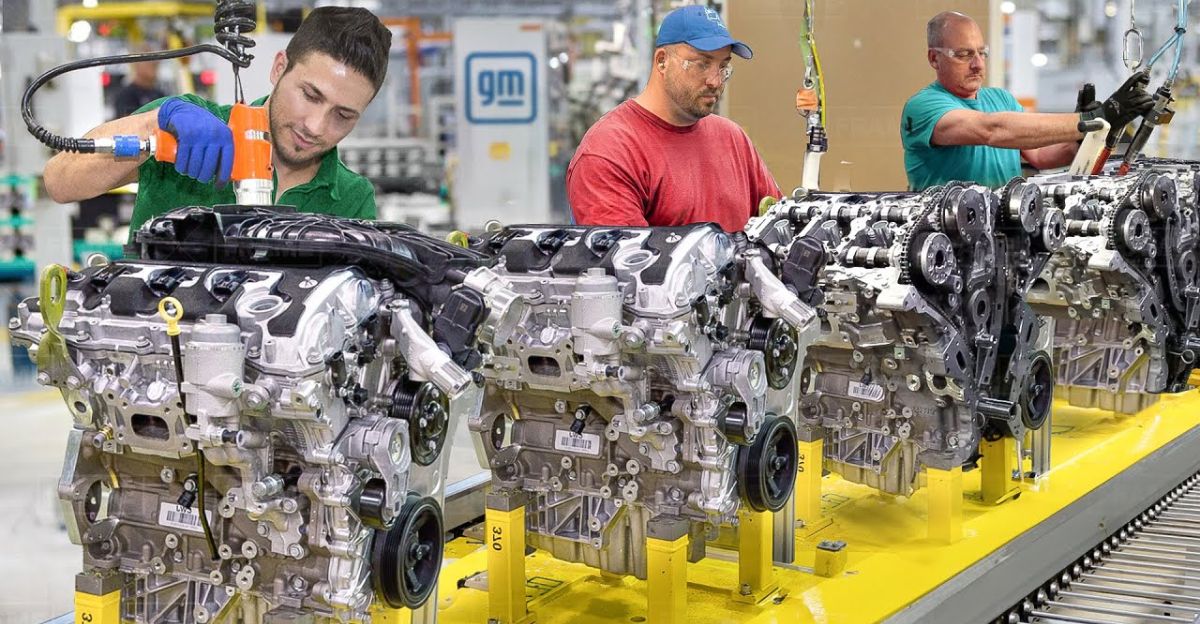
Starting in 2027, Tonawanda will still produce the existing (fifth-gen) V‑8 while introducing the new line. Plant manager Tara Wasik called it “an exciting new chapter.” Exact performance increases, displacement sizes, and volumes remain under wraps. GM has kept the technical announcement under wraps for the time being.
Political Support: 870 Jobs Saved with $17M in Tax Credits

Governor Kathy Hochul hailed the announcement, noting that 870 jobs will be retained—including 177 jobs that were previously at risk. New York is backing the investment with up to $16.96 million in tax credits through the Excelsior Jobs Program. The coordinated public-private push focuses on both economic and political priorities: job security alongside emissions-driven modernization.
Part of a Larger Picture: GM’s $4 Billion U.S. Reshoring Strategy
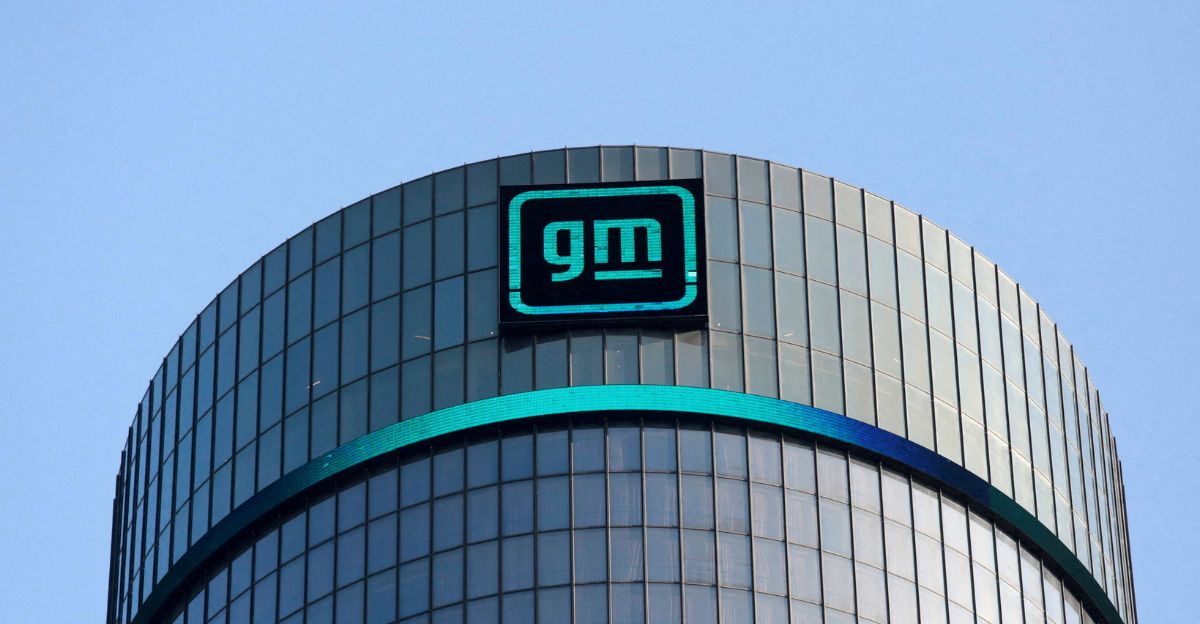
This investment is not happening in isolation. It’s all part of a larger $4 billion GM U.S. reshoring effort, with a focus on Michigan, Kansas, and Tennessee factories. As EV factories keep growing, Tonawanda now reflects GM’s dual strategy: maintaining combustion capability even as it builds tomorrow’s electric vehicle lineup.
Market Reality Check: Cooling EV Demand Spurs Strategic Rebalancing
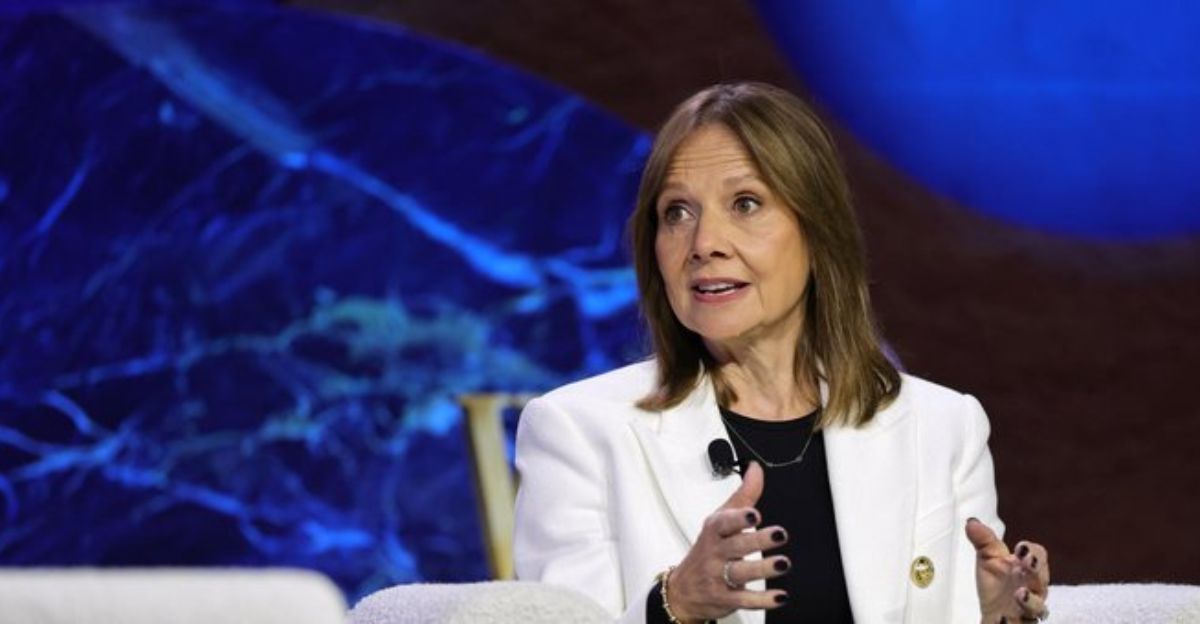
Beneath all this lies a market fact: EV uptake has decelerated, and thus GM is rebalancing. Reuters writes that this $888 million bet comes after canceling the $300 million EV drive unit project—due to a cooling EV demand. GM CEO Mary Barra focused on being “responsive to where the customer is”. Strategic flexibility, rather than hesitation, appears to be the theme.
Buying Time: V-8s Fill Gap to Electric Future
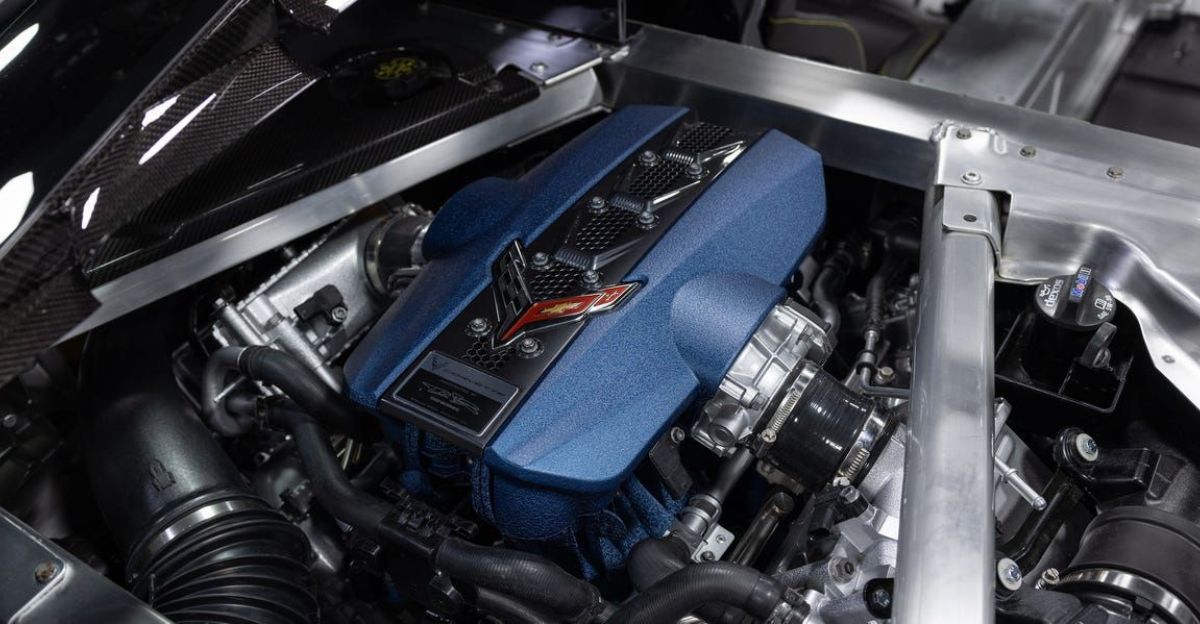
While GM reiterates its 2035 all-electric light-duty timeline, the action here is a pragmatic one—the heavy-duty truck market still relies on proven V‑8 capability. V‑8s still provide more towing power, less downtime, and easier refueling than electric pickups can. GM seems to be buying time: bolstering its traditional powertrains while its EV lineup gets more traction.
Industry-Wide Trend: Tariffs and Supply Chains Reshape Auto Investments
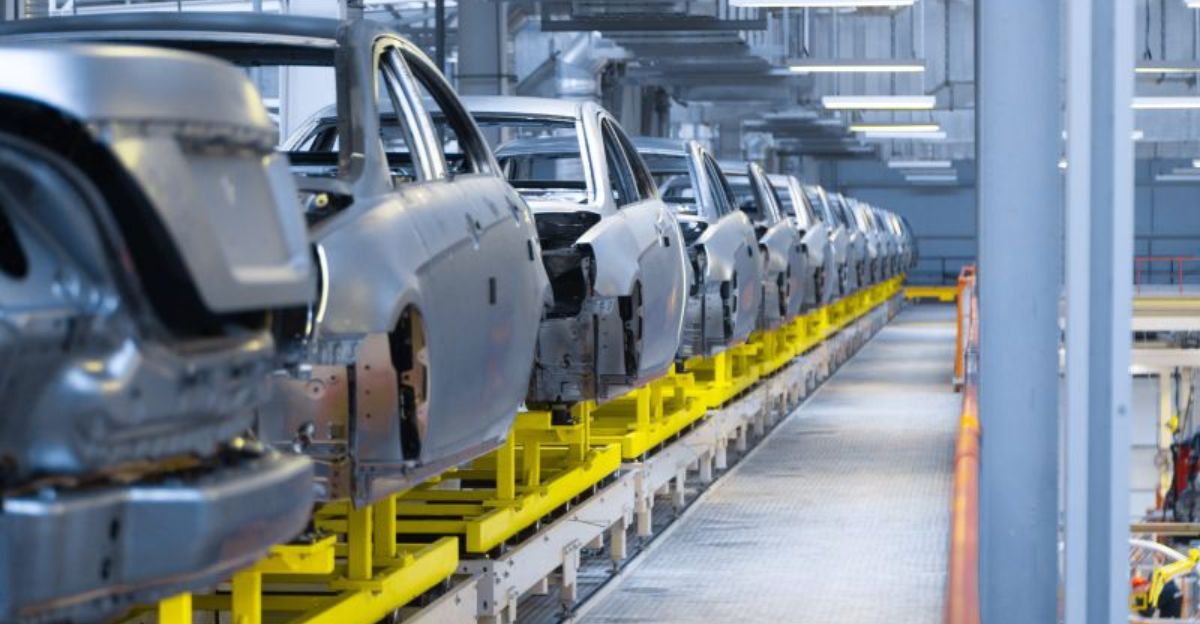
Throughout the industry, the same dynamics are playing out. Tariff and supply chain risk are leading automakers to rebalance EV and ICE investments. It’s not just GM—others are recalibrating too. The Tonawanda investment encapsulates that pressure: federal pressure driving “made in USA,” but consumer demand pulling in both directions.
Local Economic Gain: Buffalo Wins with Historic Plant Investment
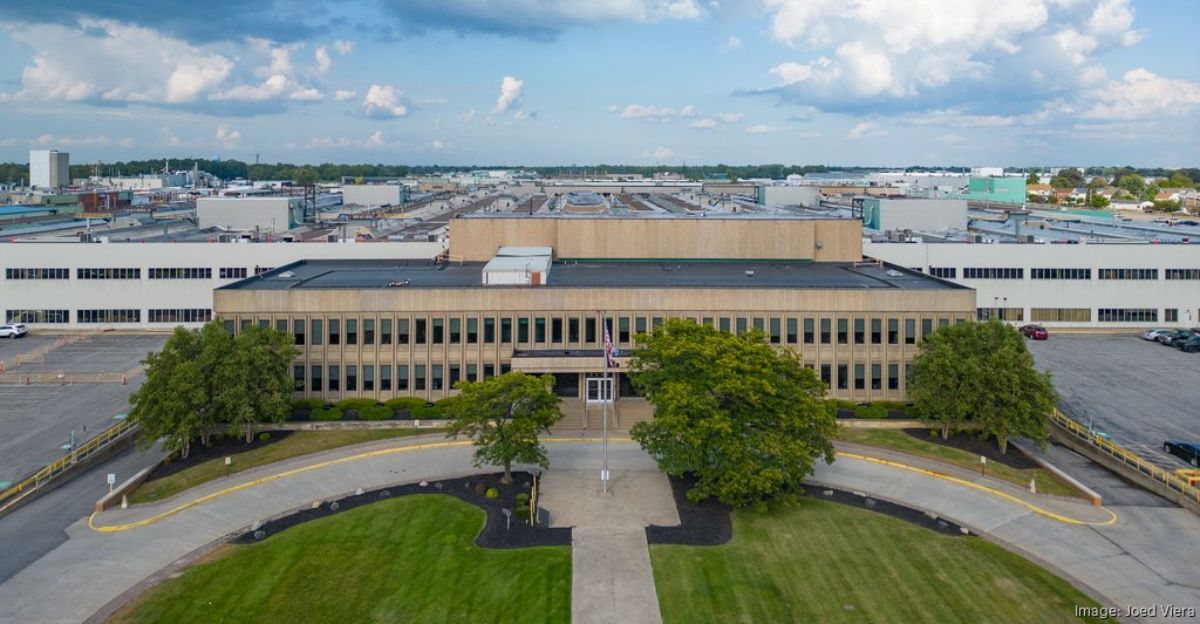
This is real economic upside for Buffalo: 870 jobs retained, almost $17 million in tax incentives, and continued operation at an 87-year-old plant. The UAW local (Local 774) hailed the ruling as an unqualified victory. Investment is not only industrial—it strengthens the local fabric. Whether this will yield regional expansion or additional innovation value chains is to be determined.
Unanswered Questions: Performance, Emissions, and Competition Concerns
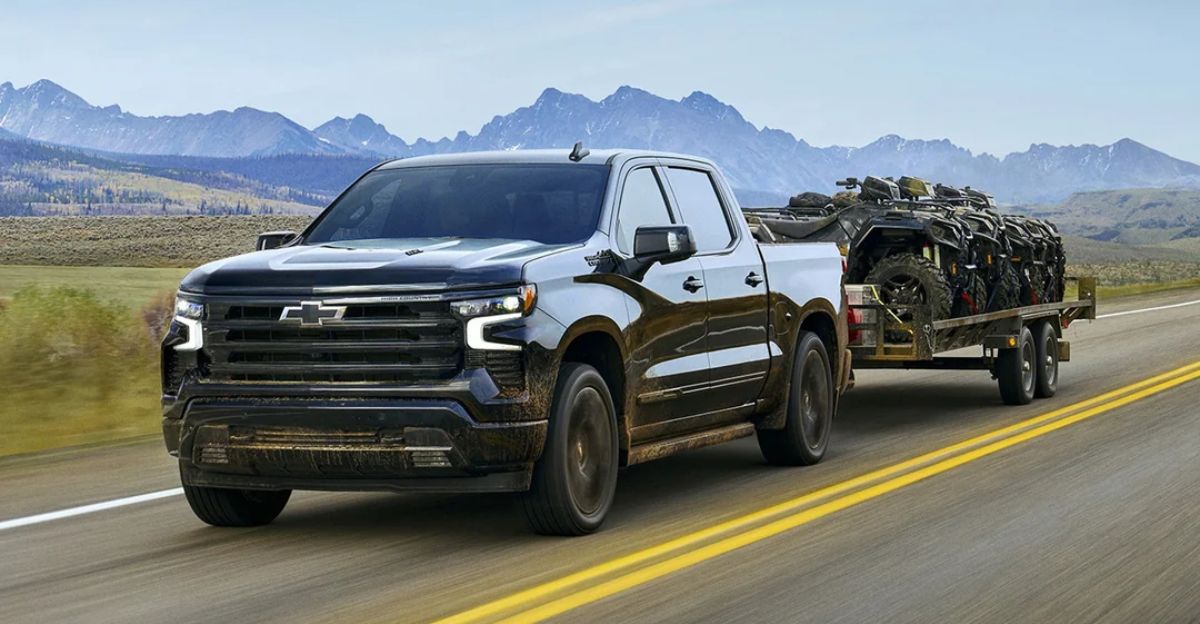
Questions remain. Incentives or mandates commit GM to which performance measures? How precisely will emissions levels be achieved, and with what hybrid or after-treatment systems? Will this V‑8 compete directly with future EV trucks? And how many years will it take before the investment begins to yield a return in the form of cost savings or exported engines?
The Balancing Act: Hedging Bets Between Combustion and Electric

Nevertheless, this is GM’s practical balancing act. With such a large investment in combustion, GM is maintaining cash flows from core truck and SUV lines while developing EV infrastructure elsewhere. It’s a hedged bet: supply today’s market and seed tomorrow’s. The Tonawanda plant is that pivot point—industrial, historic, and strategic simultaneously.
Looking Ahead: 2027 Launch Will Test GM’s Powertrain Revolution
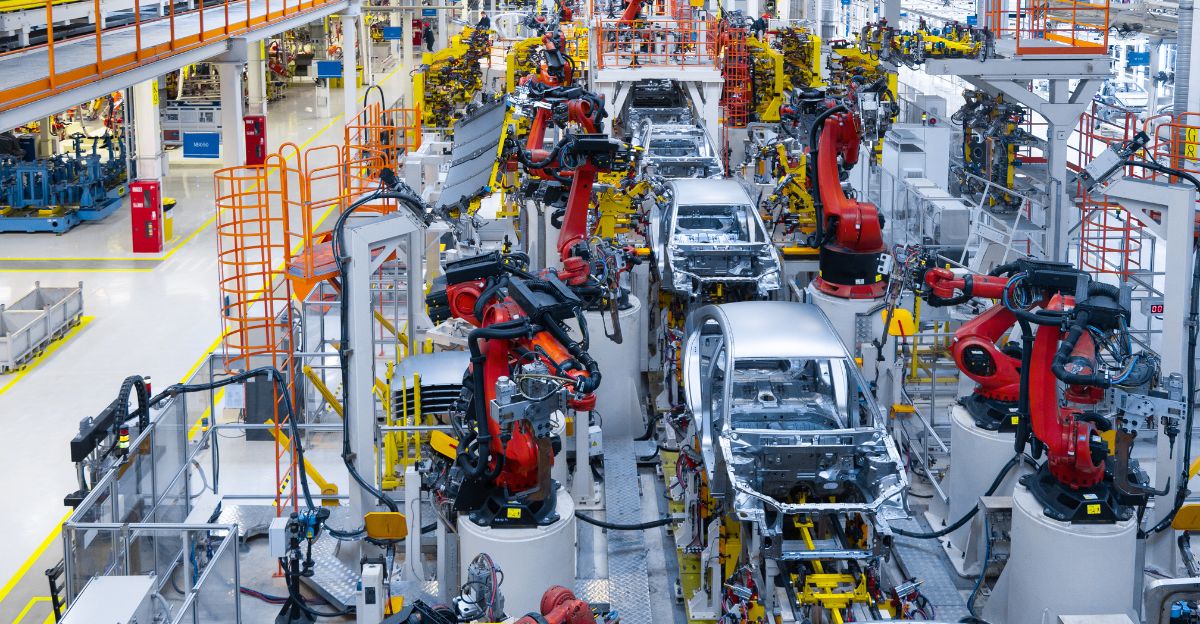
As production ramps up toward 2027, the world will be watching Tonawanda’s output—and what GM announces next regarding this V‑8’s specs and environmental footprint. Will it reinvent performance without increasing emissions? Or will the change be more symbolic than real? One thing is sure: this $888 million is more than money—it’s a message. And the next installment of GM’s powertrain revolution is just revving into view.
Discover more trending stories and Follow us to keep inspiration flowing to your feed!

Craving more home and lifestyle inspiration? Hit Follow to keep the creativity flowing, and let us know your thoughts in the comments below!
